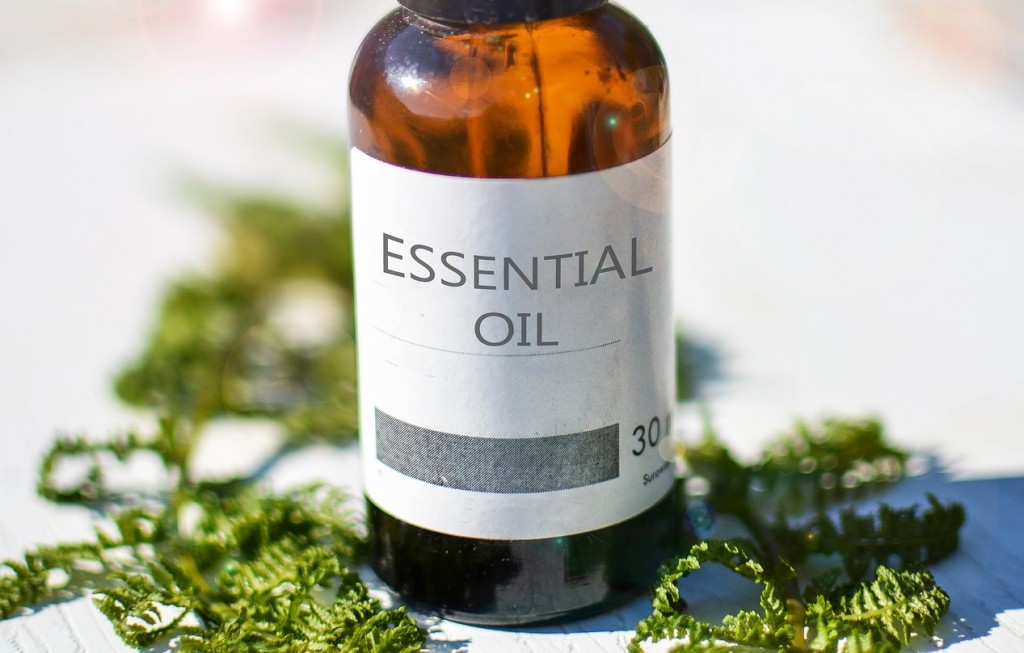It’s surprisingly easy to extract homemade essential oils at from home-grown herbs.
The health benefits of aromatherapy have long been documented in peer-reviewed studies, and they’re now being used in hospitals by nurses [2] as complementary alternative medicine. Essential oils also have been shown to have antibacterial properties, and are being studied for their uses in creating food-safe disinfectants [3] for fruits and vegetables. Other oils, such as rose geranium, have been shown to be especially effective at deterring ticks.
Commercially produced essential oils are inexpensive and readily available, but it’s easy to imagine an emergency scenario where you might have a need for a safe and effective oil.
The properties of essential oils vary based on the type of plant. Choosing which type of essential oil to extract depends both on what you have on hand and how you’d like to use the oil. Good plants to start with include rosemary, sage, thyme, oregano, cedar and geranium. To learn more about using essential oils once you’ve made them, try this beginners guide to essential oils [4].
Steam Distillation of Essential Oils on the Stove
While there are plenty of places online to find complicated instructions for creating a homemade essential oil still using a pressure canner and copper tubing, you can accomplish basic steam distillation with just a steamer basket, mason jar and a pot with a glass or metal lid.
Just 30 Grams Of This Superfood Provides More Nutrition Than An Entire Meal! [5]
Add about an inch of water to the bottom of a deep pot and place a steamer basket over the water. Place a mason jar inside the pot on top of the steamer basket. A wide mouth pint tends to work well. Chop your herb material and place it on top of the steamer basket, all around the mason jar. Put a lid on the pot upside down. Inside the top of the lid, add some ice or cold water if available (optional).
Turn on the pot and simmer the water. The steam will come up through the herb material and collect inside the lid. It’ll then re-condense on the lid and flow down to the middle of the inverted pot lid, where it will drip down into the mason jar.
Cook at a low simmer until almost all the water has boiled off and re-condensed into the mason jar. Place the mason jar into the refrigerator overnight. When the water is cold, you’ll notice a small layer of oil on top of the water. This is your steam distilled essential oil.
Carefully scoop the essential oil off the water into a tall and narrow container. Place it back into the refrigerator to re-settle. The oil will again come to the top, and a small amount of water will settle below. Use an eye dropper to carefully extract the oil off the remaining water.
Leave a little bit of the oil on top of the water, and this remaining oil/water is now a hydrosol, or mix of water and essential oil. Hydrosols can be used diluted further and used as cleansers or perfumes, or preserved by adding a small amount of alcohol.
The oil you extracted off your hydrosol is your finished essential oil. Leave the container open on the counter for 24 hours to allow it to off gas a bit, which will remove any harsh off smell that developed in the extraction process. Afterwards, cap tightly and use as you would any essential oil, depending on what plant type it is.
Steam Distillation of Essential Oils in a Crockpot
Essential oils can be extracted from plant material in a crock pot using a similar method. Start with 3-4 cups of chopped plant material, and place it in a crock pot. Fill the crock pot with enough water to cover the plant material. Place the crockpot lid on, upside down, so that the evaporating water collects and drips back into the pot. Be sure the water level is low enough that the inverted lid is below the water level. Cook on high for 3-4 hours, and then turn the crock pot off and allow it to cool.
Place the crockpot in the refrigerator and allow the essential oil to collect on the surface of the water. Carefully scoop off the essential oil using the same process outlined above for the stovetop method.
Have you ever made essential oil? What advice would you add? Share your tips in the section below:
